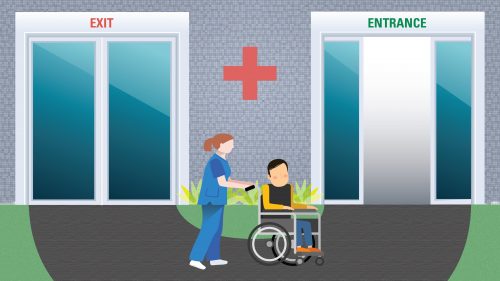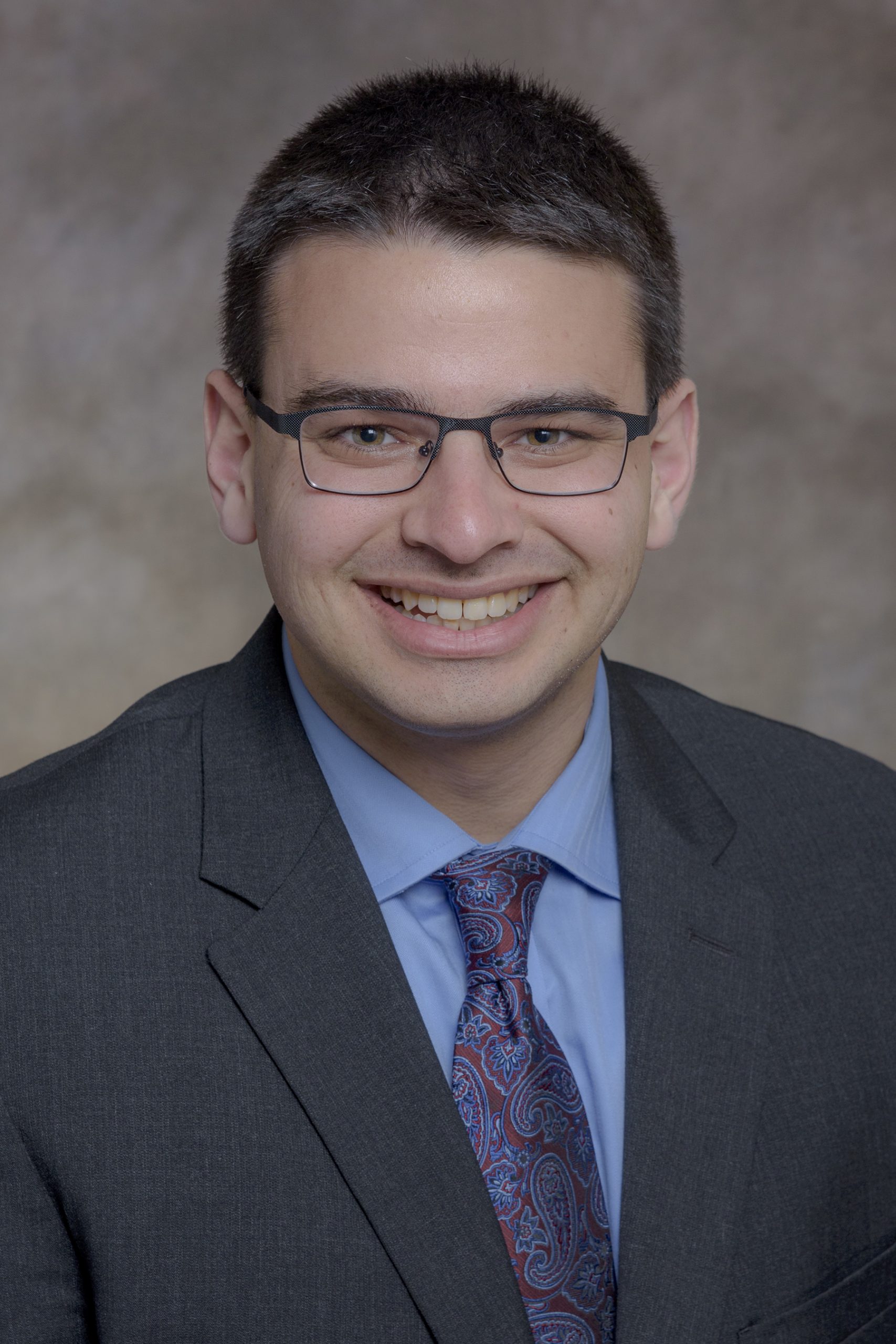I first became interested in health policy when the Affordable Care Act was being discussed in the news. I was in high school at the time. I remember feeling uncomfortable with how money (or lack thereof) affected people’s access to health care and decisions made by their doctors. Several years later, I have a slightly better understanding of the “why” and “how,” but I still do not like it. Since money will always affect healthcare, whether we like it or not, one career goal of mine is to help make sure there is as little harm to patients as possible.
At Michigan Medical School, I have learned about many fascinating health policy topics as a part of the Health Policy Path of Excellence. One example is government health care programs that assign hospitals financial penalties and rewards based on their performance on quality metrics. The idea is to give hospitals financial incentives to treat their patients better – instead of making more money only by treating more patients.
This sounds like a great idea in theory, but it is hard to implement in reality. Things get complicated when hospitals are compared to each other, since different hospitals take care of different populations of patients. Hospitals should not be penalized if the patients that walk in their doors happen to be sicker. Also, if payment programs do not account for patient characteristics, hospitals might avoid treating patients who are sicker at baseline. This could lead to inequities in care. Fortunately, there is a potential solution to these issues: a statistical method called “risk adjustment.”
However, what variables should be measured as part of the risk-adjustment process is controversial. Study after study has found that social factors (like wealth and education) are just as powerful as medical factors (like hypertension and diabetes) in their effects on health outcomes. This begs a very interesting question: should “social determinants of health” be included in risk-adjustment models used to model medical outcomes? If so, how should they be measured? (There are compelling arguments both for and against risk adjustment for social factors. You may be surprised. If you are curious, you can read more here!)
I was able to take a stab at this question while working on a research project with mentors at the U-M Medical School, the School of Public Health, and the School of Nursing. We just published a paper in JAMA Network Open, finding that the current methods used by programs like the Hospital Readmissions Reduction Program (HRRP) to account for social risk factors may be less successful than they claim to be. So, if programs like HRRP want to better incentivize health systems to address health disparities, they should consider better statistical methods.

One of the reasons I came to UMMS was the opportunities in health policy research. The school has not disappointed. I am grateful for the wonderful team I was able to work with. Doing this kind of research requires more legwork than any medical student could handle on their own. For example, obtaining hospital data from Medicare is a process that takes several months to years. UMMS had the resources to help make it happen. Also, the UMMS curriculum has several sessions on health policy and health services research throughout M1 year. The Health Policy Path of Excellence runs policy seminars and connects students with mentors who have similar interests. These experiences have been some of the highlights of my medical school education.
Most importantly, I have found many classmates with similar interests, and I have learned a ton from them inside and outside of class. Everybody at UMMS – students, faculty, staff, administration – is incredibly “gung ho” about what they do. It is such a wonderful community to be a part of.
I really enjoyed doing this project. I am sure these experiences will come in handy no matter where I end up. And if this work can have even the slightest influence on people’s health, even better!
Don’t miss the next Dose of Reality.

Benjamin Cher is a second-year medical student at University of Michigan Medical School. When he is not inventing ridiculous mnemonics to cram for his shelf exams, he can be found enjoying the outdoors or playing his violin in the UM Life Sciences Orchestra.
